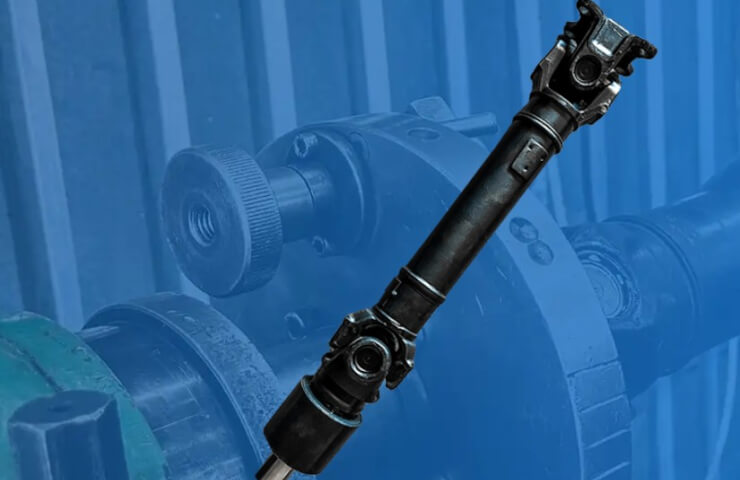Cardan balance: why is it needed and how it is carried out
Balancing of the cardan is an important procedure that allows us to eliminate vibrations, extend the life of the transmission and increase comfort when driving a car. This service is especially relevant for owners of all -wheel drive and rear -wheel drive cars, where the cardan shaft is an integral part of the design. In this article, we will tell you why the balancing of the cardan is needed, how it is carried out and what signs indicate the need to repair.
Why is the balancing of the cardan shaft necessary?
cardan The shaft is a part that transfers torque from the gearbox to the leading bridge. Due to design features, it is subject to vibrations that can arise for various reasons:
-
The natural wear of the crosses and suspended bearings.
-
Deformation of the pipe of the cardan due to mechanical damage.
-
Violation of the factory balancing after repairing the cardan shaft.
-
Replacing individual elements of the cardan without subsequent adjustment .
If you do not contact the cardan for diagnostics in a timely manner, vibration can lead to the destruction of suspended bearings, damage to the checkpoint and gearbox, as well as reducing comfort during movement.
Signs of cardan imbalance
You can determine the problem by a number of symptoms:
-
of vibrations that intensify with an increase in speed.
-
A characteristic hum or a buzz in the transmission area.
-
increased wear of the suspended bearing and crosses.
-
extraneous noise when recruiting speed or braking by the engine.
-
shots or twitching when switching gears.
If you notice one or more of these signs, you should contact a specialized service for diagnosing a cardan shaft.
How is the cardan balancing?
Balancing of the cardan shaft is complex A process requiring accurate equipment and qualified specialists. The main stages of the procedure:
-
Dismantling of the cardan - before starting work, the shaft is removed from the car.
-
b> Diagnostics - a check of the state of the crosses, suspended bearings and flanges.
-
Correction of defects - if necessary, the cardan is being repaired: replacement of the crosses , bearings or straightening the geometry of the shaft.
-
Balancing on the stand - the cardan shaft is installed on a special stand, where deviations are measured and, if necessary, balancing cargo is added.
